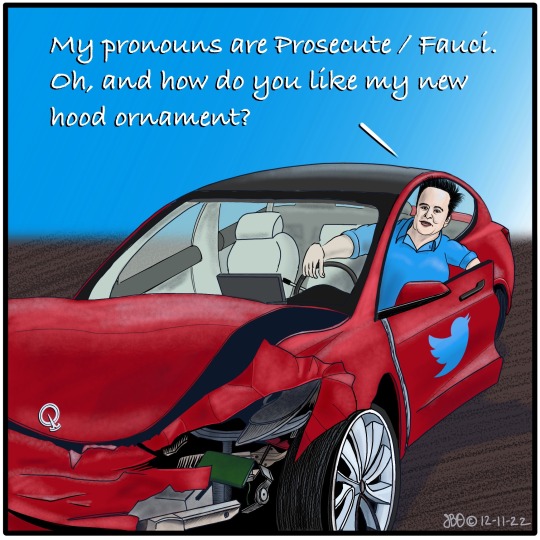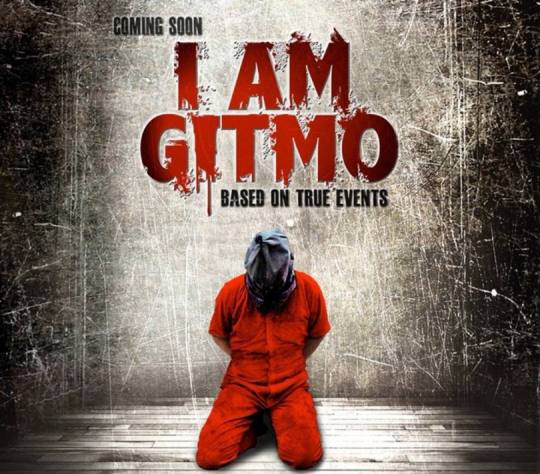#Tony Fauci
Explore tagged Tumblr posts
Video
tumblr
DISCLAIMER: Please do your own research and come to your own conclusions.
Why was Tony Fauci - The Highest Paid Employee In U.S. Government ?
Gain of function research.
War crimes are War crimes.
654 notes
·
View notes
Text

LE 17 JUIN 2024 : Le Vires Law Group, en collaboration avec Edward L. Tarpley Jr., a officiellement envoyé des accusations de meurtre, de terrorisme, de traite des êtres humains, d'enlèvement, d'homicide involontaire, de racketeering, d'actes de cruauté, de faux emprisonnements et d'enlèvement contre Anthony Fauci, Rochelle Walensky, Francis Collins, Deborah Birx, Peter Daszak, Rick Bright, Robert Redfield, Stephen Hahn et Cliff Lane.
Beaucoup plus de personnes sont impliquées dans ces crimes atroces de meurtre de masse et de tromperie délibérée, comme Alex Azar, Bill Gates, Klaus Schwab, Mike Pence, Ralph Baric et bien d'autres. Il y a plus de 350 noms américains impliqués dans divers crimes contre l'Amérique et contre toute l'humanité. Ils doivent être arrêtés et ils doivent être traduits en justice, peu importe le temps que cela prendra.
#big pharma est toujours en bonne santé#covid&corruption#covid de sens#covid au cerveau#phoque ton capitalisme#mon ministre est sinistre#mon infirmier est un fumier#bill gates#tony fauci
2 notes
·
View notes
Text

Crackup
#political satire#editorial cartoons#politics#political cartoon#cartoon#elon twitter#elon musk#twitter#tesla inc#elon musk tesla#anthony fauci#tony fauci#dr fauci#qanonsense#qanon conspiracy
2 notes
·
View notes
Text
I've been "abstinent" from Christian music for years. Going to my Christian IG and realizing there are people searching for Messiah. Hurts me a bit to miss out. But I'd rather worship alone than ever be involved with another Fake Christian. (Those who Abide are known by Good).
It says after all that every builder should be careful with how they build. Some day...maybe after the Z virus / T virus.
0 notes
Text
youtube
Remember Fauci Face? Remember this POS? Remember Bill Gates? Another POS? Yep, don’t forget them. They are still behind the scenes working hard on viruses and vaccines and your food. Coming soon to a place near you.
Say NO and continue to say NO TO COVID VACCINES!! Never never again will America fall for this! And they know it! But it DOESN’T mean they won’t try to find ways around it. Say NO to covid vaccines!
0 notes
Link
“I’m a physician,” he told me in response to criticism that he had pushed the country too far. “That’s my identity. [...] I don’t mean to seem preachy, but I don’t want to see people suffer and I don’t want to see people die.”
1 note
·
View note
Text
Nobel Laureate SLAMS Fauci in Resurfaced Video 👇
Nobel Laureate in Chemistry Kary Mullis (inventor of the PCR test) slams Fauci in the 1990s.🤔
"Guys like Fauci get up there and start talking, you know, he doesn't know anything, really, about anything and I'd say that to his face. Nothing.... They've got a personal kind of agenda, they make up their own rules as they go, they change them when they want to and they smugly, like Tony Fauci, does not mind going on television in front of the people who pay his salary and lie directly into the camera."
#pay attention#educate yourselves#educate yourself#knowledge is power#reeducate yourself#reeducate yourselves#think about it#think for yourselves#think for yourself#do your homework#do your own research#do some research#ask yourself questions#question everything#kary mullis#lies exposed#government corruption#truth#news
428 notes
·
View notes
Text
👉 CROIRE QUE CE TYPE S'INQUIÈTE DE VOTRE BIEN-ÊTRE, C'EST COMME S'IMAGINER QUE LA STRIPTEASEUSE VOUS AIME. 👈









#fauci à l'échaufaud#toni prends une longue marche sur un court quai#big pharma est toujours en bonne santé#la nôtre moins#covid&corruption#covid de sens#covid au cerveau#phoque ton capitalisme#mon ministre est sinistre#mon infirmier est un fumier#big pharmla
258 notes
·
View notes
Text
Robert F. Kennedy Jr., who has recently been named as the next secretary of the Department of Health and Human Services (HHS) has promised that Dr. Anthony Fauci and Bill Gates will be arrested under the second Trump administration.
According to a report by Disswire, the former independent presidential candidate has vowed to use "all the power necessary" bestowed upon him as HHS secretary to jail Gates and Fauci. Big Pharma executives who worked with the mainstream media to censor the truth behind the Wuhan coronavirus (COVID-19) mRNA injections would likewise be thrown behind bars.
Trump insiders have disclosed that the incoming new administration is already preparing to send the Big Pharma cartel to jail for destroying the lives of millions of Americans. Included in the bunch is Gates, who pumped billions of dollars into the production of these lethal vaccines. The Microsoft co-founder and technocrat, who notably donated $50 million to a political action committee supporting outgoing Vice President Kamala Harris, "now has nowhere left to run."
61 notes
·
View notes
Video
youtube
Remember Fauci Face? Remember this POS? Remember Bill Gates? Another POS? Yep, don’t forget them. They are still behind the scenes working hard on viruses and vaccines.
Say NO and continue to say NO TO COVID VACCINES!! Never never again will America fall for this! And they know it! But it DOESN’T mean they won’t try to find ways around it. Say NO to covid vaccines!
0 notes
Text

𝗧𝗵𝗲 𝗚𝗶𝘁𝗺𝗼 𝗟𝗶𝘀𝘁: 𝗧𝗵𝗼𝘀𝗲 𝗪𝗵𝗼 𝗕𝗲𝘁𝗿𝗮𝘆𝗲𝗱 𝗧𝗵𝗲 𝗨𝗻𝗶𝘁𝗲𝗱 𝗦𝘁𝗮𝘁𝗲𝘀 𝗼𝗳 𝗔𝗺𝗲𝗿𝗶𝗰𝗮
Where They Go One They Go All
1. Hillary Clinton
2. Bill Clinton
3. Nancy Pelosi
4. John Podesta
5. John Brennan
6. James Comey
7. Maxine Waters
8. Adam Schiff
9. Hunter Biden
10. George W. Bush
11. Dr. Anthony Fauci
12. Huma Abedin
13. Bill Gates
14. Anthony Wiener
15. George Soros
16. Lindsey Graham
17. Mitch McConnell
18. Kevin McCarthy
19. Chuck Schumer
20. Kamala Harris
21. Robert Mueller
22. Mike Pence
23. Joe Biden
24. James Clapper
24. Lloyd Austin
25. Dick Cheney
26. John Kerry
27. Alexander Soros
28. Loretta Lynch
29. Andrew McCabe
30. Peter Strzok
31. Lisa Page
32. James Baker
33. Eric Holder
34. Tony Podesta
35. Susan Rice
36. Harry Reid
37. Paul Ryan
38. Debbie Wasserman Schultz
39. Sally Yates
40. Mitt Romney
41. Jerry Nadler
42. Klaus Schwab
43. Michelle Obama
44. Sally Yates
45. Andrew Cuomo
46. Herbert Raymond McMaster
47. Deborah Birx
48. Mark Zuckerberg
49. Nikki Haley
The17Letter
93 notes
·
View notes
Text
My mom is a researcher (immunologist) and I grew up talking about her work a lot. It was fun in the science is cool kind of way
Who knew a functioning knowledge of vaccine development would become my greatest tool in conversations with COVID anti-vaxers. Nothing shuts someone up like asking "Have you read the peer reviewed literature because I have. Oh, why? Because there is a foot deep pile on my kitchen table at any given moment. Maybe come back to this convo after you do that, honey."
it has occurred to me, as I age, that most people did not spend their childhoods getting simplified breakdowns of class-action lawsuits explained to them over dinner at least once a week
#also my mom name dropping Tony Fauci and her friends at CDC#litterally had no expectation of this knowledge being applicable in my every day survival#but theres nothing like far right culture to turn the absurd into common political takes
18K notes
·
View notes
Text

Tony Fauci is far worse than Josef Mengele.
49 notes
·
View notes